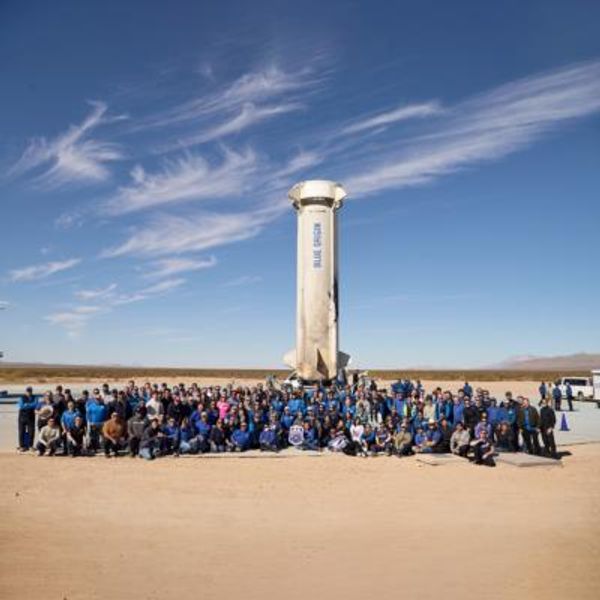
Franco-Italian-American powerhouse Stellantis will try to revive Italy’s Lancia, one of the most shamefully neglected automotive brands in the world, by parachuting in its own chief design officer.
The maker of some of the world’s most legendary cars, Lancia drifted beyond mediocrity and into palliative care under the stewardship of Fiat Chrysler Automobiles, but Stellantis is determined to give it one last shot.
“Lancia’s renaissance is a truly exciting challenge,” new design head Jean-Pierre Ploué, Stellantis said.
“Lancia is an iconic brand, which will be restored to its central historical position in Europe, leveraging on its huge potential.’’

Ploué will manage Lancia’s design team from the Torino Centro Stile operation in northern Italy, while maintaining his position as the overall head of Stellantis design.
The move is part of Stellantis boss Carlos Tavares’ plan to give each of the troubled Italian brands one last 10-year chance to become relevant.
Maserati, Alfa Romeo and Lancia have all struggled to reach their targets in the last 30 years, though all have been hampered by a lack of resources from FCA.
The move also suggests there will be more than one model for Lancia, and the educated guess involves electric powertrains and at least one crossover.
That’s how Ploué revived Citroen when he took over in 1999, and he was in charge of PSA from 2009 until the Stellantis merger earlier this year.
Ploué also designed the ultra-cute Renault Twingo and has had stints at Volkswagen and Ford design studios as well.

“I want to welcome Jean-Pierre Ploué,” Lancia CEO Luca Napolitano said.
“I am very honored we can leverage on such a diverse team of professionals to work together for the success of Lancia.”
Such has been Lancia’s fall from grace that it now sells just one model (the Fiat Bravo-based Ypsilon hatchback) in one country (Italy) to one demographic (women).
Its sales fell from 300,000 in 1990 to less than 100,000 in 2010 and just 48,555 in 2018.

It’s a steep fall from the days when Lancia’s Stratos, Fulvia, 037 Rallye, Delta S4 and Delta Integrale models dominated the World Rally Championship.
Its 037 Rallye was the last rear-drive car to win the WRC (in 1983) and it delivered drivers’ titles to some of history’s greatest rally drivers, such as Juha Kankkunen, Miki Biasion, while taking 73 WRC wins through drivers like Sandro Munari, Didier Auriol, Walter Rohrl and Henri Toivonen and Markku Alen.

Lancia claimed 10 manufacturer’s championships with the Stratos, the 037 and the Delta, giving it the most titles in WRC history, even though it hasn’t competed since the early 1990s.
It also has a strong history in sportscar racing, where it matched the speed of the legendary Porsche 962, claiming 13 pole positions in the World and European Endurance championships, and winning the world championship in 1980 and 1981.

Its D50 Formula One car was so good that it delivered five Grand Prix wins after it was sold to Ferrari, taking Juan Manuel Fangio to the World Championship in 1956.
Its road cars were equally innovative, with the Lancia Lambda delivering the world’s first production unitary body in 1922 and the Ardea carrying the first five-speed gearbox in 1948.
It has delivered some of the world’s greatest and most beautiful cars but, sadly, rarely pieced them together well enough to compete with the Germans.
There has been the Gamma Coupe, the Fulvia Coupe, the Flaminia, the Aprilia, the Montecarlo, the Beta Coupe, the Ferrari-engined Thema 8.32 and the Delta Integrale.







